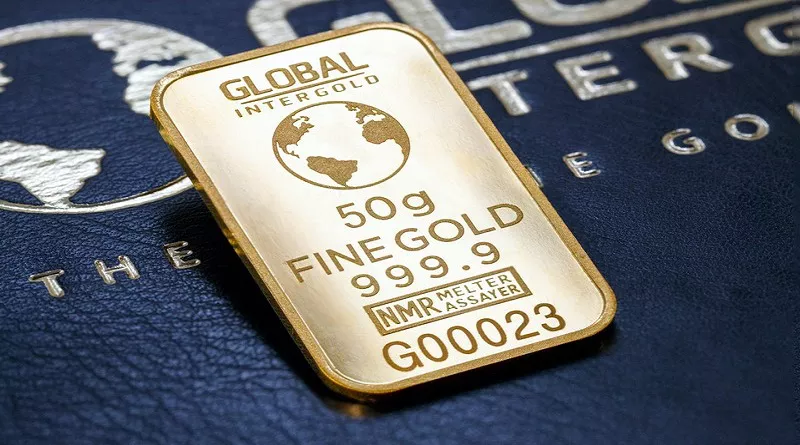Gold has captivated humanity for centuries with its timeless beauty and enduring value. Whether passed down through generations or acquired as an investment, gold jewelry holds a special place in our hearts and portfolios. However, discerning between real gold and its imitations can be a challenging endeavor, given the variety of alloys and coatings available. In this article, we delve into the techniques and tests that can help you ascertain the authenticity of your gold jewelry.
Understanding Gold Alloys
Pure gold, often referred to as 24-karat gold, is too soft to be used in jewelry without the addition of other metals. As a result, gold is commonly alloyed with other metals to enhance its durability and strength. The purity of gold is measured in karats (not to be confused with carats, which is a unit of weight for gemstones). A 24-karat gold piece is considered 100% pure gold, while an 18-karat gold piece contains 75% gold and 25% other metals.
Color and Tarnish Resistance
One of the most telling characteristics of real gold is its color. Gold maintains a distinct, warm, and rich yellow hue. While some gold alloys might introduce a slight variation in color, a piece claiming to be gold should not appear overly pale or too brassy.
Another notable feature of gold is its resistance to tarnish and corrosion. If your jewelry shows signs of discoloration, rust, or green marks on your skin, it’s likely not real gold. Genuine gold remains untarnished and does not react with moisture or common household chemicals.
Hallmarks and Stamps
Legitimate gold jewelry often bears hallmarks or stamps that indicate its purity and authenticity. These marks can vary by region and may include numbers and symbols that provide essential information about the piece. For example, a stamp of “750” on a gold piece signifies that it is 18-karat gold (75% pure). However, while hallmarks can be a helpful indicator, they are not foolproof, as counterfeiters may attempt to replicate them.
Magnet Test
Gold is not magnetic. Therefore, a simple magnetic test can help you determine if your jewelry is made of real gold. Place a strong magnet near your jewelry. If the piece is attracted to the magnet, it is likely not genuine gold. Keep in mind that other metals used in counterfeit gold pieces, such as iron or steel, may also be non-magnetic, so this test is not definitive.
Nitric Acid Test
The nitric acid test is a reliable method employed by professionals to authenticate gold. However, this test can damage the jewelry, so it should be performed with caution or by a skilled jeweler. A small scratch is made on an inconspicuous part of the jewelry, and nitric acid is applied. If the mark turns green, the jewelry is likely fake or of low gold content. A milky color indicates that the piece is gold-plated over a non-gold metal.
Density Test
Gold is a dense metal, and its density can be used to verify authenticity. To perform a density test, you’ll need a precise scale and a container filled with water. Weigh the jewelry and record its weight. Then, immerse the jewelry in the water and measure the volume of water displaced. By dividing the weight by the volume, you can calculate the density. Compare the calculated density to the known density of gold (19.3 g/cm³). A significant deviation suggests that the piece is not made of real gold.
Professional Appraisal
For a definitive determination of your jewelry’s authenticity, seeking the expertise of a professional appraiser or a reputable jeweler is highly recommended. Appraisers have the necessary tools and knowledge to perform various tests, such as acid tests and X-ray fluorescence, which can provide accurate information about the gold content and purity of your jewelry.
FAQs
1. Can gold-plated jewelry have hallmarks?
Yes, some gold-plated jewelry may have hallmarks. These hallmarks typically indicate the base metal used for the jewelry, followed by a layer of gold plating. It’s essential to carefully examine the markings and research their meaning to decipher the piece’s composition.
2. Can fake gold look like real gold?
Yes, counterfeiters have become skilled at creating gold-like appearances using various metals and coatings. This is why it’s essential to use multiple testing methods and consult professionals if you have doubts about the authenticity of your gold jewelry.
3. Are there any non-destructive tests for gold authenticity?
While many tests can potentially damage the jewelry, one non-destructive method is the X-ray fluorescence (XRF) test. XRF analyzers can determine the elemental composition of a piece without causing harm, making them an effective tool for assessing gold purity.
4. Is white gold genuine gold?
Yes, white gold is genuine gold. It is an alloy of gold mixed with other white metals such as nickel, palladium, or silver. The gold content and purity of white gold are indicated by the karat mark, similar to yellow gold.
5. Can gold jewelry react with my skin and cause discoloration?
Genuine gold should not cause discoloration or irritation on your skin. If your skin reacts to the jewelry, it’s likely that the piece contains other metals or alloys that are causing the reaction. This could be an indication that the jewelry is not made of real gold.
Conclusion
The allure of gold has sparked a timeless fascination, making it a valuable addition to our lives and collections. Ensuring that your gold jewelry is authentic can safeguard not only your investment but also your sentimental attachment to these precious pieces. While various at-home tests can provide initial insights, a professional appraisal remains the most reliable method for confirming the authenticity of your gold jewelry. By understanding the traits of genuine gold, familiarizing yourself with hallmarks, and seeking professional expertise when in doubt, you can navigate the world of gold jewelry with confidence, preserving its timeless beauty and enduring worth.


